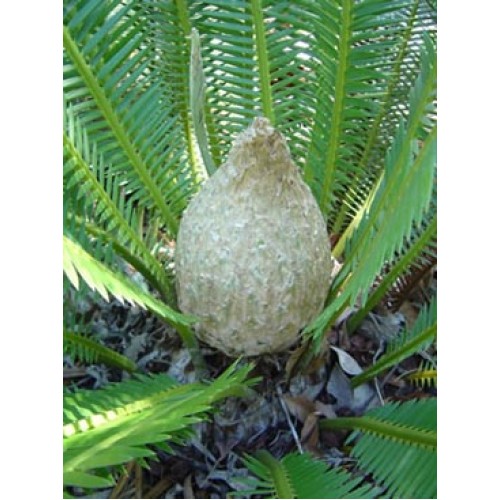Florida Christmas Palm Trees
Originally grown in the Philippines, the Adonidia Merrillii palm
becomes valuable if grown in areas where it is scarce. This palm plant
takes the name Christmas palm in Florida since its seeds, red in color,
mature during the holiday period. Compared to Philippines the Christmas
palm does not grow with much profusion in Florida and this makes it more
sought after as an indoor potted plant or as an outdoor plant. Their
low maintenance also adds to their demand for they only need a little
care to thrive. Shedding their fronds seasonally means less work of
raking up leaves every now and then.
A staple
in south Florida, the Adonidia Merrillii palm is used to improve the
appearance of its environment of placement. Cultivation is done in
single of multiple formation and this can be used in well lit indoor
spaces to bring out a classy appearance to the surrounding. This palm
tree is a dwarf compared to other palms and only grows 15-25’ OA. This
means that the plant will not steal the attention from the environment
instead works hand in hand to improve the aesthetics. Offices and other
public buildings stand to benefit aesthetically from having an Adonidia
palm plant.
staple
in south Florida, the Adonidia Merrillii palm is used to improve the
appearance of its environment of placement. Cultivation is done in
single of multiple formation and this can be used in well lit indoor
spaces to bring out a classy appearance to the surrounding. This palm
tree is a dwarf compared to other palms and only grows 15-25’ OA. This
means that the plant will not steal the attention from the environment
instead works hand in hand to improve the aesthetics. Offices and other
public buildings stand to benefit aesthetically from having an Adonidia
palm plant.
 staple
in south Florida, the Adonidia Merrillii palm is used to improve the
appearance of its environment of placement. Cultivation is done in
single of multiple formation and this can be used in well lit indoor
spaces to bring out a classy appearance to the surrounding. This palm
tree is a dwarf compared to other palms and only grows 15-25’ OA. This
means that the plant will not steal the attention from the environment
instead works hand in hand to improve the aesthetics. Offices and other
public buildings stand to benefit aesthetically from having an Adonidia
palm plant.
staple
in south Florida, the Adonidia Merrillii palm is used to improve the
appearance of its environment of placement. Cultivation is done in
single of multiple formation and this can be used in well lit indoor
spaces to bring out a classy appearance to the surrounding. This palm
tree is a dwarf compared to other palms and only grows 15-25’ OA. This
means that the plant will not steal the attention from the environment
instead works hand in hand to improve the aesthetics. Offices and other
public buildings stand to benefit aesthetically from having an Adonidia
palm plant.The nature of the Adonidia
Merrillii palm makes it have select audience who are always eager to get
a seedling. The plant is ideal for outdoor decoration and many
developers opt for it due to its unique features. The low rate of
shedding fronds makes it ideal and is used to decorate large estates and
complete the large designs with some classy touch. In addition to that
its low maintenance ensures the landscape remains green and lively. New
irrigation method like drip irrigation will ensure the plant remains
healthy all the time while conserve on water.
Adonidia
palm grows all year round with little care needed to maintain it. The
plant has a moderate growth and tolerance to salinity which helps in
growth since its roots develop well to support the palm plant. Developed
roots play an important role in the overall growth of plants and
influences the drought tolerance like in the Christmas palm. Low salt
tolerance in plant means that their roots will not grow as required due
to the salt presence hence decreasing the plants ability to withstand
drought periods. Contrary to the case, Adonidia roots are known to grow
and spread out to levels that threaten building foundations and drainage
systems.
Growing and maintaining an Adonidia
palm plant is relatively easy to do. The plant is strong and its
resistance to drought almost ensures it will survive some adverse
conditions. The only threat against the plant is lethal yellowing. The
yellowing is caused by a pathogen and affects a variety of palm species
including coco nut palms. Spread by a planthopper, lethal yellowing is
limited to hot areas since the insect is does not thrive in cold areas.
Adonidia palm plants is easy to grow and it is a type of plant that
should be encouraged in afforestation and reforestation measures since
it is drought resistant. In today's world, air cleaning properties of
trees are greatly needed.
